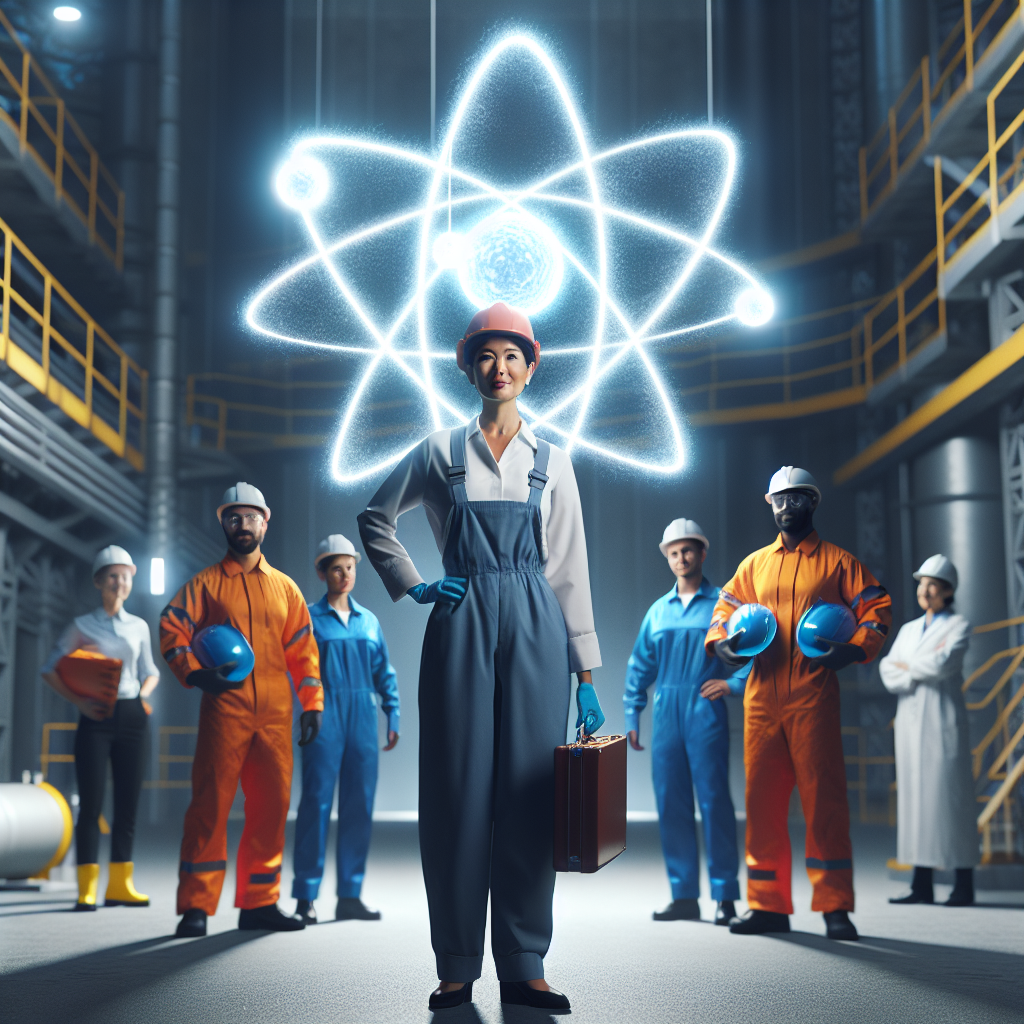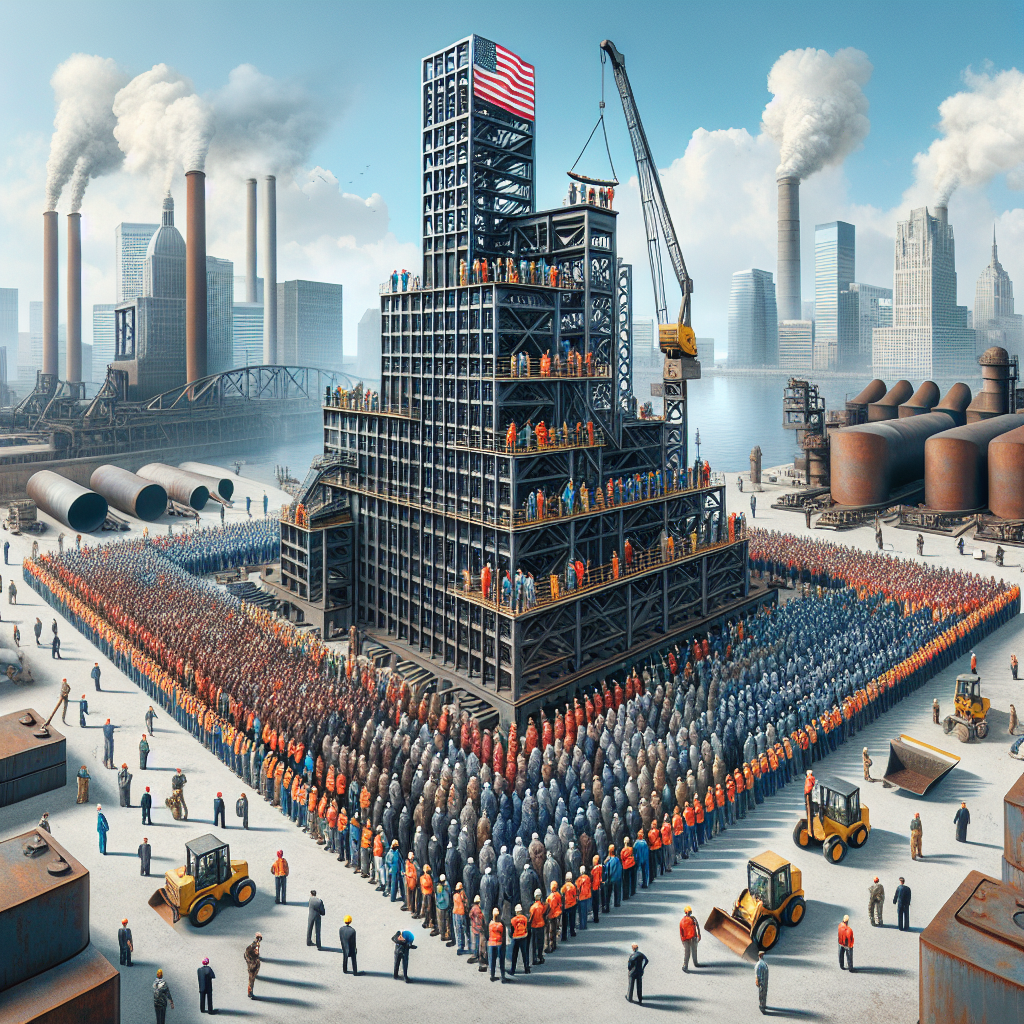Nuclear Power’s Renaissance: A Strategic Opportunity for Aging Workforce
Nuclear power is on the cusp of a significant revival, presenting unique opportunities for seasoned workers as the energy landscape shifts towards sustainable solutions. Once viewed with skepticism, particularly in the wake of high-profile disasters, nuclear energy is re-emerging as a credible player in the quest for clean energy. Major technology firms such as Microsoft, Google, and Amazon are exploring nuclear energy to fulfill their immense energy requirements, especially driven by the burgeoning artificial intelligence boom. As we delve into the implications of this transition, it’s essential to recognize the vital role that older workers are expected to play in this revival.
Nuclear Energy’s Comeback: An Overview
Once relegated to the sidelines, the nuclear industry is witnessing a resurgence, exemplified by the planned restart of Pennsylvania’s Three Mile Island nuclear plant to supply power for Microsoft’s computer centers. Furthermore, the increasing interest from tech giants in small modular reactors highlights a broader trend: the resurgence of nuclear energy. This shift is not only financially driven but also crucially important for diversifying the energy mix and curbing carbon emissions amid growing climate concerns.
The Aging Nuclear Workforce: A Looming Crisis
However, the revival of nuclear energy comes with its own challenges, particularly concerning the workforce. The average age of nuclear industry employees is now around 51 years, and a substantial portion—25% of the workforce—exceeds 55 years of age. As these seasoned professionals approach retirement, their invaluable knowledge and experience face the risk of being lost. A report by the U.S. Energy Department underscores this, revealing that the nuclear sector employs 23% fewer individuals under 30 than other energy sectors, consequently indicating a substantial generational talent gap.
This situation is compounded by projections that suggest up to 25% of nuclear workers may retire within the next decade, resulting in a critical talent shortage. With nearly 55,000 additional positions required by 2030, and upwards of 375,000 by 2050 according to the Energy Department, the need for skilled labor in nuclear energy is becoming urgent.
Rethinking Workforce Dynamics: The Role of Older Workers
Understanding the workforce dynamics in the nuclear sector requires us to challenge long-held beliefs about generational competition. The retirement of older workers does not automatically pave the way for younger employees; in fact, there are not enough younger workers ready and qualified to step in. The historical stigma attached to the nuclear industry, exacerbated by incidents like Three Mile Island and Chernobyl, has further deterred younger talent.
The myth that older employees take up valuable space in the job market must be dispelled, especially in sectors such as nuclear power where experience is not easily replaceable. The narrative surrounding workforce dynamics needs to evolve, recognizing that older workers contribute critical institutional knowledge—something the younger workforce cannot instantly replicate.
Strategies for Bridging the Talent Gap
Addressing this impending talent crisis requires a multifaceted approach. Firstly, firms must embrace the possibility of re-engaging retired professionals, leveraging their expertise while also giving them opportunities to mentor the younger generation. This strategy has found traction, evidenced by initiatives from firms like Experconnect, which specialize in connecting retired professionals with industries in demand of experience.
Moreover, the application of modern technology can facilitate the transfer of knowledge between generations. Utilizing knowledge management systems, mentorship programs, and digital collaborative platforms can help preserve experience while making it accessible to newer employees. Additionally, as reported, immersive technologies such as virtual reality offer a novel means for veterans to disseminate crucial skills to the new workforce.
The Future of Nuclear Power and Workforce Development
Recent investments, like the U.S. Energy Department’s announced $100 million training program, signify steps towards cultivating a diverse workforce to meet the sector’s needs. Yet, time is of the essence; the growing demand for energy—spurred by advancements like AI—means that the nuclear industry will require talent far sooner than these long-term initiatives can yield results.
Conclusion: Embracing a Diversified Energy Future
The revival of nuclear power signifies not just a technological evolution but also a reminder of the critical interplay between energy and human capital. As institutions pivot towards sustainable energy solutions, they must prioritize retaining and valuing older workers. The emerging narrative surrounding the energy sector highlights that the path forward is not a zero-sum game but rather an integrative strategy that leverages the strengths of workers across all age groups. With the nuclear energy sector regaining its footing, it’s becoming clear that experienced professionals are not a hindrance—but a vital asset in the transition to a cleaner, more sustainable energy future.















